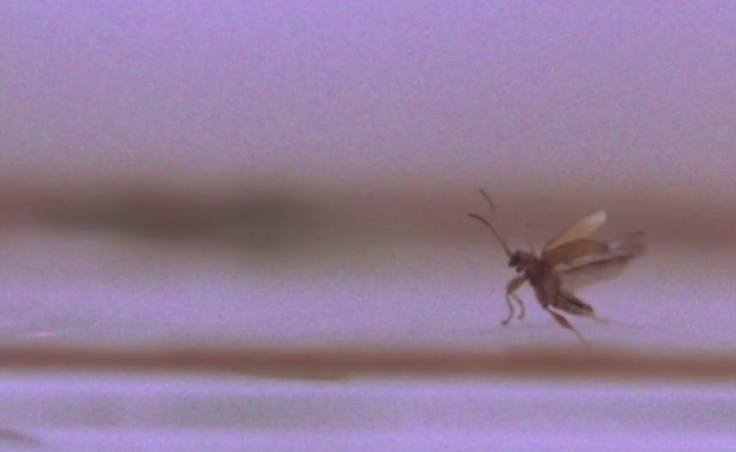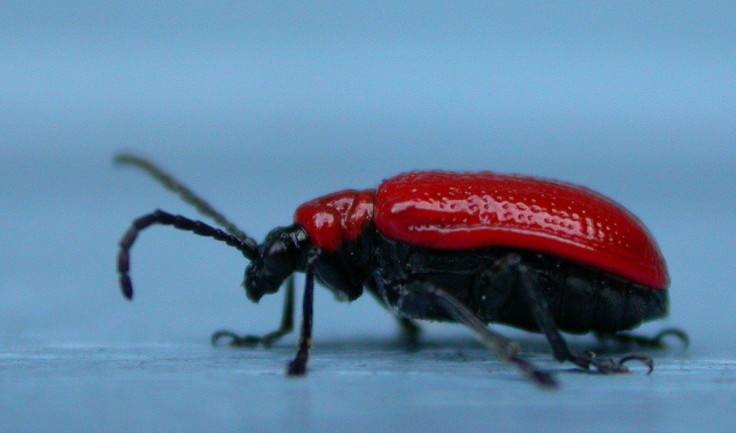Beetle uses 'pogo stick' to ski across water at human equivalent of 300mph

Waterlily beetles can "ski" across water, say researchers. The beetle uses its legs in a precise action to travel across the liquid surface at a distance of half a metre per second – the equivalent of a human moving at 300 miles per hour.
The study, published in the Journal of Experimental Biology, found that beetles are well adapted for skating across water. The scientists analysed their movements, and found they glide across water surfaces by bouncing.
"When you put yourself in the framework of animals that live in this planet, you suddenly realize the way they solve problems is fundamentally different from the way you and I would think about solving an engineering problem," said Manu Prakesh, a researcher working on the study from Stanford University. "That's just fascinating, because you suddenly stumble upon completely new and creative solutions."
The scientists used high-powered video recording equipment to capture the beetles' movements across water in slow motion.
They found that the beetles seem to mimic an ice-skating effect – albeit with a slight bouncing action.
When they first touch the water, they lift each of their legs, and touch them back down so only their toes are touching the surface. Then, they lift their middle two legs and open up their wings – similar to putting up a sail.
The wings start flapping in a figure-of-eight motion, thumping at 115 cycles per second. This slightly rocks the lily beetle, and eventually causes it to shoot off across the water; like a rickety motor boat.
Remembering the beetle is only gently touching the water surface with its toes, the scientists noticed that the flapping of its wings seemed to change the water itself.

As the wings were flapping down on the figure- of-eight motion, the beetle manages to pull the surface of the water up with it. Likewise, when the wings are powering upwards, the water level recedes to where it was.
As this cycle continues, the beetle seems to be bouncing across the water.
"This makes the insect feel as though it is on a pogo stick on the water," said Haripriya Mukundaranjan, co-author of the study. "It makes for a fairly bumpy ride from the insect's perspective, but without this it will either fly off or sink."
This action allows the insect to skip across water at half a metre per second. Scaling up to human size, that is the equivalent of a human skipping at more than 300 miles per hour.
"It's one of the fastest-known locomotion strategies on the surface of water," said Prakesh.
© Copyright IBTimes 2025. All rights reserved.






















